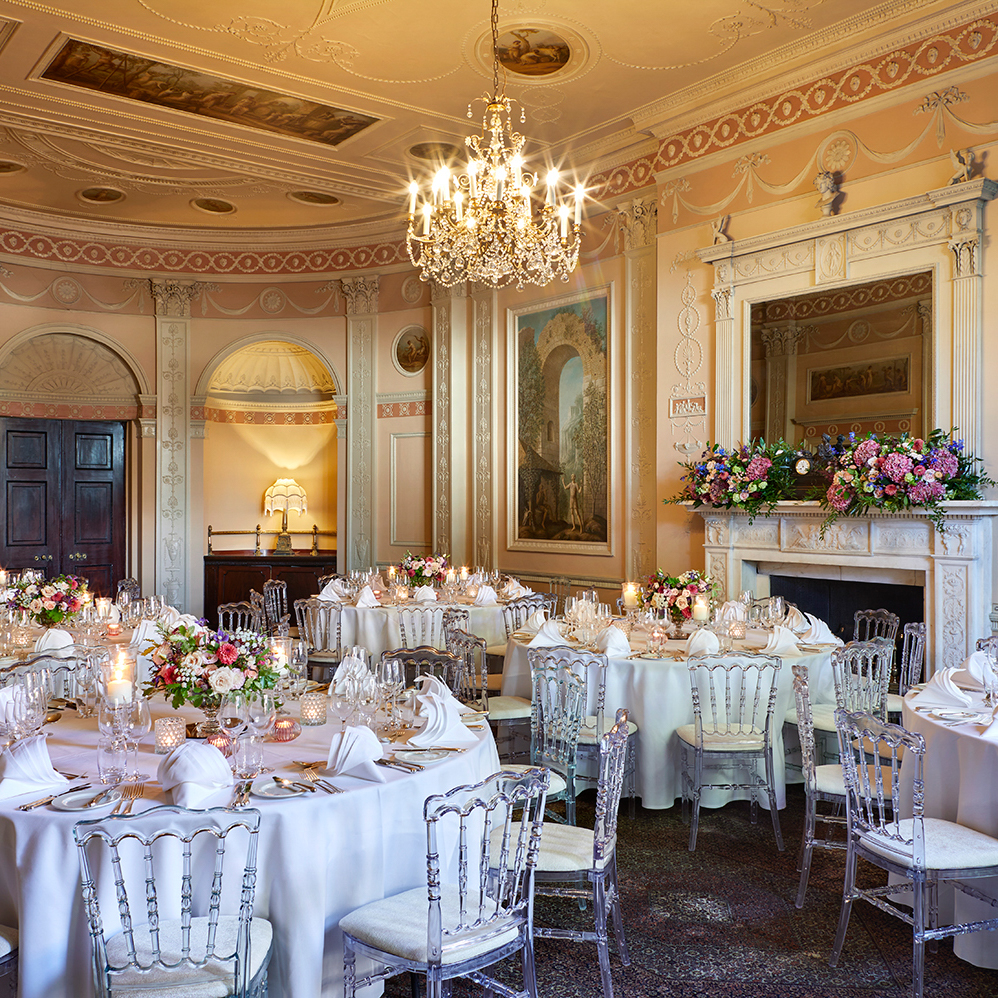Introduction
Art Deco, a design style that originated in the 1920s and 1930s, is famous for its sleek lines, geometric shapes, and lavish ornamentation. One of the most iconic elements of Art Deco design is the ball light. These stunning lighting fixtures, often made from glass or metal, feature round or spherical shapes that exude a sense of grandeur and opulence. In this article, we will explore the history and characteristics of Art Deco ball lights, as well as their enduring appeal to designers and collectors around the world.
Historical Background
Art Deco emerged in a time of great social and cultural change. It was born out of a desire to break free from the traditional forms and styles of the past and embrace a new vision of modernity and progress. While Art Deco drew inspiration from many sources, such as ancient Egyptian and Aztec motifs, it was also heavily influenced by the Art Nouveau movement that had preceded it. The use of geometric shapes, bold colors, and metallic finishes in Art Deco design reflected the growing fascination with machines, technology, and industry that characterized the early 20th century.
In the realm of lighting design, Art Deco ball lights were a popular choice for both commercial and residential settings. They were often seen in public spaces such as hotels, theaters, and restaurants, where their striking appearance could make a bold impression on visitors. At the same time, they were also used in homes as a way to add a touch of Art Deco glamour and sophistication to living spaces.
Characteristics of Art Deco Ball Lights
Art Deco ball lights were characterized by their use of spherical or rounded shapes, which were often combined with other geometric forms such as triangles, circles, or squares. The materials used to make these fixtures varied depending on the designer and the intended use. Glass was a common choice, and many Art Deco ball lights featured intricate patterns or textures etched into the surface of the glass. Metal, such as bronze or brass, was also used, often with a highly polished or chrome-plated finish.
One of the most striking features of Art Deco ball lights is their use of light itself. Many of these fixtures were designed to diffuse light in multiple directions, creating a soft, atmospheric glow that was both functional and decorative. Others featured more direct lighting, with bright bulbs that emphasized the intricate patterns and contours of the fixture.
Enduring Appeal
Although Art Deco ball lights were originally created almost a century ago, their popularity has not waned. Today, these fixtures continue to be highly sought after by designers, collectors, and homeowners who appreciate their timeless beauty and exquisite craftsmanship. Whether used in a modern, minimalist interior or a more traditional space, Art Deco ball lights add a touch of luxury and sophistication that is hard to replicate with any other type of lighting.


